Artificial intelligence has long been a part of our everyday life and continues to develop rapidly. Search engines, social networks, online stores, scientific research and drug development – this is far from a complete list of its areas of application. Recently, AI has been actively used in cryptocurrency, providing the most technology-sensitive users with an advantage in the market. Read our review to find out how to apply AI in cryptocurrency in practice and get the most benefit from it.
Content:
- Let's take a look behind the scenes of AI: how it thinks and makes decisions
- How Robots Learned to Trade Cryptocurrency Better Than Humans
- AI - Your Personal Data Analyst
- How AI Simplifies the Process of Finding Promising Crypto Projects
- What Else Can AI Do? Unexpected Uses
- Conclusion

Let's take a look behind the scenes of AI: how it thinks and makes decisions
Before we begin to study how AI works, we should understand the concept of "artificial intelligence" itself. What does it mean and why is it called that? The fact is that this name reflects the key idea embedded in the technology itself: the creation of intelligent systems that imitate the work of the human brain.
In simple terms, it is a set of programs and algorithms capable of solving complex problems based on identified patterns, analysis of received information and application of logical reasoning. But how exactly does AI “think” and make decisions?
First of all, AI is trained on a large data set. For example, in order to learn to distinguish a butterfly from a car, AI algorithms will need to study from several tens of thousands to a million pictures, depending on the complexity of the task (size, color, shape of the pictures themselves), the quality of the source data and the required accuracy.
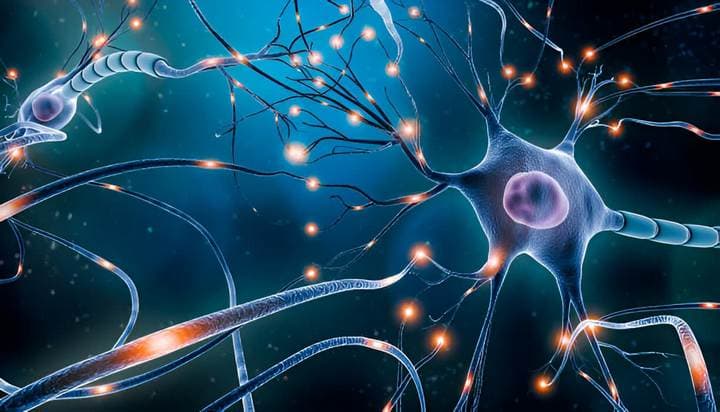
The processed information then enters a structure called a neural network due to its similarity to the work of the human brain. It consists of a large number of interconnected nodes, or neurons, that effectively process and transmit data to each other. After that, machine learning algorithms only need to find patterns in them and make a forecast based on them.
When AI is faced with a new task, it analyzes the available data and looks for information that is most important for making a decision on a particular problem. Each neuron has a weighting coefficient that determines its importance in the decision-making process and affects how information is transmitted and processed in the neural network. It should be borne in mind that AI, as a rule, does not give unambiguous answers, but calculates the probability of a particular outcome. For example, when recognizing an image of a butterfly, it can determine the probability with which it is a butterfly and not a car.
How Robots Learned to Trade Cryptocurrency Better Than Humans 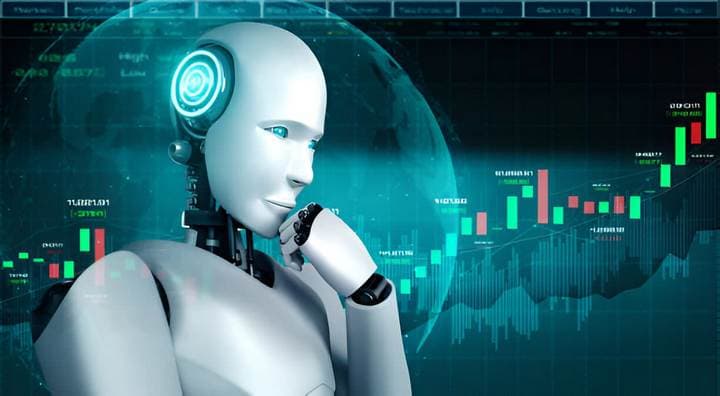
When applied to cryptocurrency trading, the potential and capabilities of AI are virtually limitless. In fact, the possibilities of using this technology are limited only by the user's imagination and the current level of technology development. Modern algorithms perform countless calculations at lightning speed, which allows them to accurately predict market trends and make decisions about opening trades. In addition, AI is actively used to optimize and develop trading strategies. Among the components that increase the efficiency of cryptocurrency trading using AI, the following can be noted:
- Deep and comprehensive analysis of historical data is what "artificial intelligence" does with the help of modern machine learning algorithms. These algorithms not only learn based on past data, but also flexibly adapt to current market conditions. Thanks to this approach, these systems can provide more accurate forecasts in the future.
- Eliminate emotional decisions that often hinder profitable trading. Eliminating fear, greed, overconfidence and emotional trading promotes more disciplined trading based on analysis rather than emotion.
- Real-time monitoring is a big advantage in the 24/7 cryptocurrency market. With prices potentially changing significantly at any given moment, the ability to monitor the market 24/7 is invaluable.
AI - Your Personal Data Analyst
Neural networks in action
One of the most obvious ways to use a neural network in cryptocurrency is to entrust it with searching for new interesting crypto projects in order to collect the maximum amount of input data on them, on the basis of which to make a decision about investments.
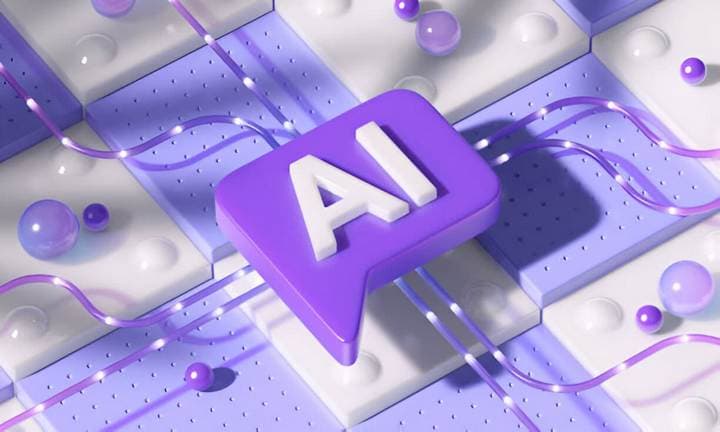
In addition, neural networks are very good if you need to quickly analyze the content of a long White Paper of some project to understand what it is about, what it will do and how it works. They can also be used to create “live” profiles of several accounts at once, from which you can participate in all sorts of project activities and receive rewards for this, or to check the code of smart contracts for errors in bounty tasks.
Typically, such tasks are rewarded in the project's cryptocurrency. They are aimed at developing new blockchains and decentralized applications, and the tasks themselves can be very diverse: from creating content and translating materials to attracting new users and disseminating information about the project on the Internet.
Application of AI in various fields
Despite the high efficiency of neural networks, you should not think that they will be able to completely replace a person. Depending on the cryptocurrency niche you work in, the use of artificial intelligence may be either very popular for you or absolutely useless. Below is a diagram listing the most popular areas of AI application with our assessment of their use.
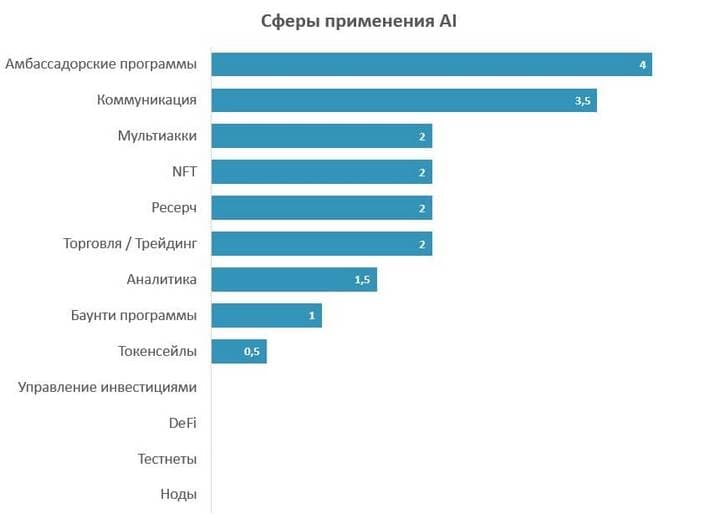
As you can see, neural networks are most in demand in the field of ambassador programs and communications. An ambassador program is a marketing tool for promoting products or services of a particular project. The ambassador (representative) of the project is its user, usually a media personality who actively participates in its popularization.
AI is no less actively used in multi-accounting, NFT creation and research – collecting, analyzing and interpreting data to answer a specific question or solve a specific problem.
AI is used much less actively in analytics, bounty programs, and the sale of tokens of new cryptocurrencies (token sales). At the same time, it is not used at all in investment management, decentralized finance (DeFi), test blockchains (testnets), and the creation of nodes.
How AI Simplifies the Process of Finding Promising Crypto Projects
Now let's imagine that we have a certain area or technology that interests us, and we want to collect initial information about it to understand whether it is worth analyzing it in more depth in the future. For example, we came across some completely new technique or term in a certain subject area. We can ask the ChatGPT neural network to give us an explanation or give specific examples of the application of this technology in the field of cryptocurrencies.
To do this, go to ChatGPT and send a request (preferably in English, since the neural network works best in it). Let's say we want to find out how AMM technology works in DEX.
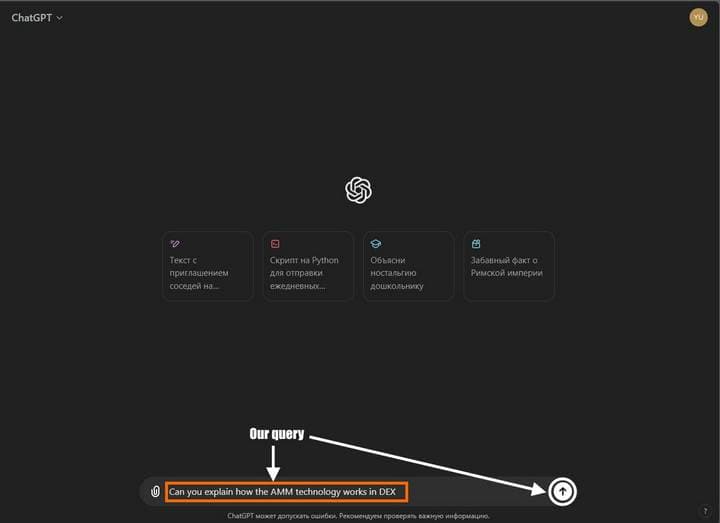
We write the query “Can you explain how the AMM technology works in DEX” and press “Enter”. The answer will not take long to come.

If necessary, the ChatGPT response can always be translated into a suitable language, for example, Russian.
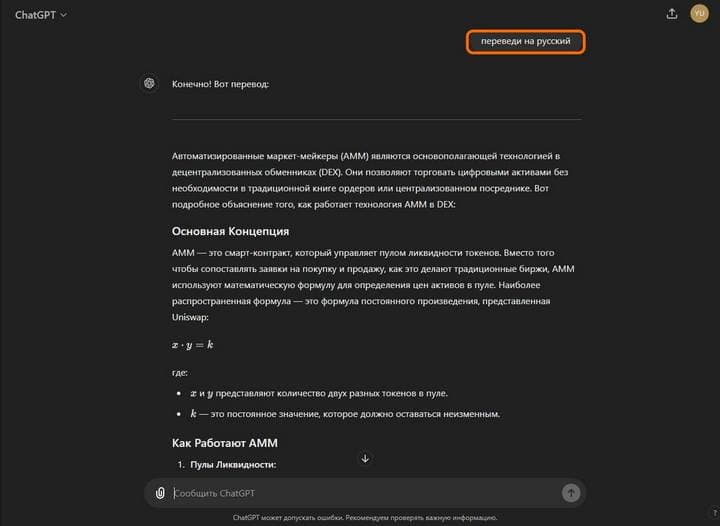
The neural network's response revealed that automated market makers (AMMs) are the foundational technology of decentralized exchanges (DEXs). They allow trading digital assets without the need for a traditional order book. Here's a detailed explanation of how this technology works. So, in just a couple of clicks, we got all the information we needed.
Skeptics will argue that a similar query could be asked to Google search engine and receive a response with links to resources with the information we are interested in. However, the main advantage of ChatGPT is the ability to ask contextual queries to clarify information, which Google search engine does not have.
For example, if we don't understand how the formula that ChatGPT described in the previous answer works, we can always ask a clarifying question: "Give an example of a change in the token rate based on the formula x⋅y=k." After which we will receive an exhaustive answer.
So, when looking for interesting projects, we can always learn how something works or get acquainted with some broad topic. Then, by asking additional questions, we can go into details and conduct a comprehensive analysis of the topic we are interested in. AI is a great auxiliary tool for finding the necessary information.
What Else Can AI Do? Unexpected Uses
AI Turns Data Into Gold
In addition to studying general questions, AI can be used to examine the content of large texts. For example, if we need to understand the content of the White Paper of a project we are interested in and we do not want to waste our time on it, this task can be safely entrusted to artificial intelligence. In this case, we will write a ChatGPT request with the following content: “Can you summarize this text (paste text)”. Do not forget to substitute the text of the document being analyzed instead of “(paste text)”.
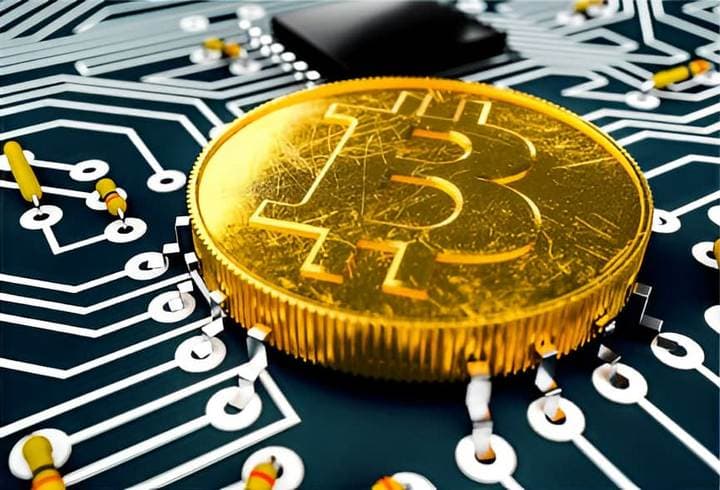
Thus, it is possible to turn tons of text into small and understandable summaries, without wasting time on studying huge documents, usually in English. Of course, we are not talking about the fact that the use of AI can completely replace full-fledged analytics of a crypto project. Of course not. However, an initial cursory selection from a large number of promising projects can and should be done this way.
So, without spending much time, you can quickly determine which projects are worth putting first, which ones are second, and which ones don’t deserve your attention at all. The benefits are obvious.
Ambassador programs
The next biggest category of AI application in cryptocurrency is participation in ambassador programs. Optimizing work in this area with the help of AI is a huge plus. Participation in such programs allows you to receive free project coins, airdrops, NFTs, allocations to token sales or to buy NFTs at a discount. Thus, ambassador programs open the way to most short-term high-yield activities in cryptocurrency.

How can we improve them with the help of artificial intelligence? The thing is that the tasks in ambassador programs usually consist of the following categories:
- writing and translating project articles
- creation of graphic content
- creative ideas for working with the community
- shilling - dissemination of information about the project to the masses
AI solves all the listed tasks perfectly. The only difficulty may arise with the generation of high-quality images, since this may require the ability to compose complex promt-queries taking into account a specific project, its logo, market positioning, and so on.
Conclusion
The synthesis of artificial intelligence and cryptocurrencies opens up unlimited possibilities for automating trade, data analysis, and participation in various blockchain projects, making this process simpler and more accessible for users. According to Vitalik Buterin, the founder of Ethereum: "Artificial intelligence and blockchain are two technologies that will become deeply integrated in the future. AI in cryptocurrency will create more complex and efficient blockchain systems, while the blockchain itself will provide a decentralized infrastructure for the development of artificial intelligence."
However, along with the obvious benefits, new challenges related to security, regulatory policy of states and ethics are emerging. Further development of AI in cryptocurrency will allow the creation of more reliable and transparent financial systems, and the mutual penetration of artificial intelligence and blockchain technologies promises to be one of the most exciting trends of the next few years.
See also:
How to buy cryptocurrency for rubles or dollars
Is cryptocurrency necessary in the modern world?



To leave a comment, you must register or log in to your account.